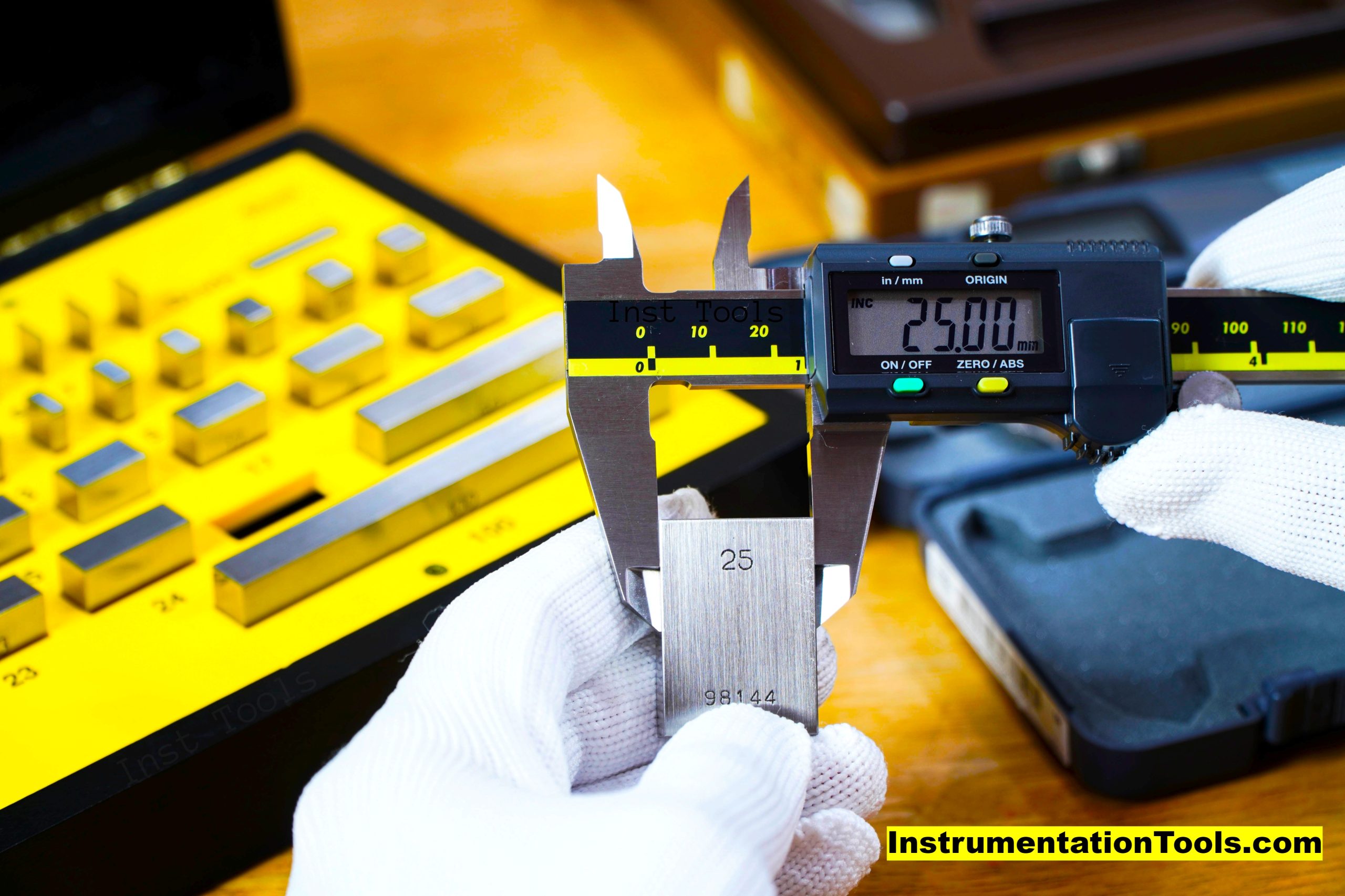In the realm of scientific inquiry and instrumentation, the concept of reproducibility is fundamental. It serves not only as a cornerstone of empirical research but also as a testament to the reliability of measurements and methodologies employed across varied disciplines. At its core, reproducibility encapsulates the capability of an experiment or measurement to yield the same results upon repeated trials, under the same conditions and configurations. This elucidation accentuates the reliability and credibility of experimental work, infusing it with both rigor and integrity.
To comprehend the essence of reproducibility, one must first delineate its components. An experiment can be deemed reproducible if different research teams, equipped with disparate instruments, methodologies, and even locations, are able to generate similar outcomes. This not only underpins the veracity of scientific observations but also fosters trust within the scientific community, ensuring that findings are not merely coincidental or artefactual.
Reproducibility transcends mere repetition. It is intricately linked to the concept of replicability, yet should not be conflated with it. While reproducibility pertains to obtaining consistent results utilizing the same experimental setup, replicability involves the verification of findings under varied experimental conditions. This latter aspect is crucial due to the inherent variability within experimental science, which necessitates that insights gleaned from one context be applicable across different environments. The juxtaposition of these concepts cultivates a comprehensive understanding of how findings can withstand scrutiny in the grand theatre of scientific discourse.
One might ponder why reproducibility garners such paramount attention within the scientific community. The answer lies in the repercussions of irreproducible results. A lack of reproducibility signifies a potential flaw in experimental design, methodology, or even the theoretical underpinnings guiding the study. Consequently, if scientific claims are not scrutinized or corroborated, they may propagate inaccuracies, thereby misleading researchers and policymakers alike. Such pitfalls not only diminish public trust in scientific endeavors but can also obstruct progress in fields that hinge on empirical validation.
Addressing the interplay between instrumentation and reproducibility illuminates further nuances of this relationship. Effective measurement is intrinsically linked to the precision and accuracy of the instruments employed. Instruments must be calibrated meticulously to ensure that they yield consistent readings over time. Various factors can influence instrument performance, including environmental conditions, user proficiency, and inherent design characteristics. For instance, temperature fluctuations can skew measurements taken by sensitive sensors, while human error can introduce variability in data collection protocols.
Furthermore, intricate systems often exhibit complex interactions among components, leading to emergent phenomena that can impact reproducibility. Understanding these relationships necessitates a comprehensive exploration of both hardware and software aspects of instrumentation. Advanced computational algorithms and data analytics play an essential role in refining results, enabling researchers to distinguish between genuine signals and noise that may obscure reproducibility.
Additionally, the nature of scientific collaboration has evolved alongside the increasing complexity of research endeavors. As disciplines converge, interdisciplinary teams are often assembled to address multifaceted problems. While this collaboration can enhance the robustness of research, it also introduces challenges to reproducibility. Diverse methodologies and varying interpretations of data can complicate consensus around results, highlighting the necessity of clear communication and rigorous protocol adherence. Hence, reproducibility not only represents a benchmark for individual studies but also serves as an unifying metric across collaborative efforts.
In the current landscape of scientific research, the quest for reproducibility has gained heightened prominence. High-profile instances of irreproducibility, notably in fields such as psychology and biomedical sciences, have spurred extensive discourse about scientific rigor. Initiatives promoting open science, data sharing, and preregistration of studies have emerged as strategies to combat the reproducibility crisis. By fostering transparency and accountability, these practices aim to mitigate the risk of irreproducibility, enabling a more robust scientific foundation.
Consequently, the integration of reproducibility considerations into educational curricula becomes imperative. As future scientists are trained, they must acquire an acute awareness of the significance of reproducibility in their work. Encouraging meticulous documentation of methods, judicious instrument selection, and rigorous statistical analysis can aid in cultivating a culture of reproducibility that reverberates through academia and industry alike.
In summary, reproducibility is a multifaceted concept that extends beyond the mere replication of results. It encapsulates a commitment to scientific integrity, methodical rigor, and collaborative discernment. As the scientific community grapples with inherent challenges to reproducibility, the imperative for vigilance and innovation remains. Ultimately, the pursuit of reproducibility not only fortifies individual studies but also bequeaths a robust framework that fortifies the very edifice of scientific understanding. In striving for reproducibility, researchers uphold their obligation to contribute to the collective knowledge base, fostering a culture of trust and progress in the pursuit of truth. The future of scientific exploration hinges on this foundational tenet, where each measurement serves as a reliable beacon, guiding inquiry and advancing our comprehension of the universe.










